Table of Contents
Quality Service Guarantee Or Painting Free

Get a rental agreement with doorstep delivery

Find the BEST deals and get unbelievable DISCOUNTS directly from builders!

5-Star rated painters, premium paints and services at the BEST PRICES!
Loved what you read? Share it with others!
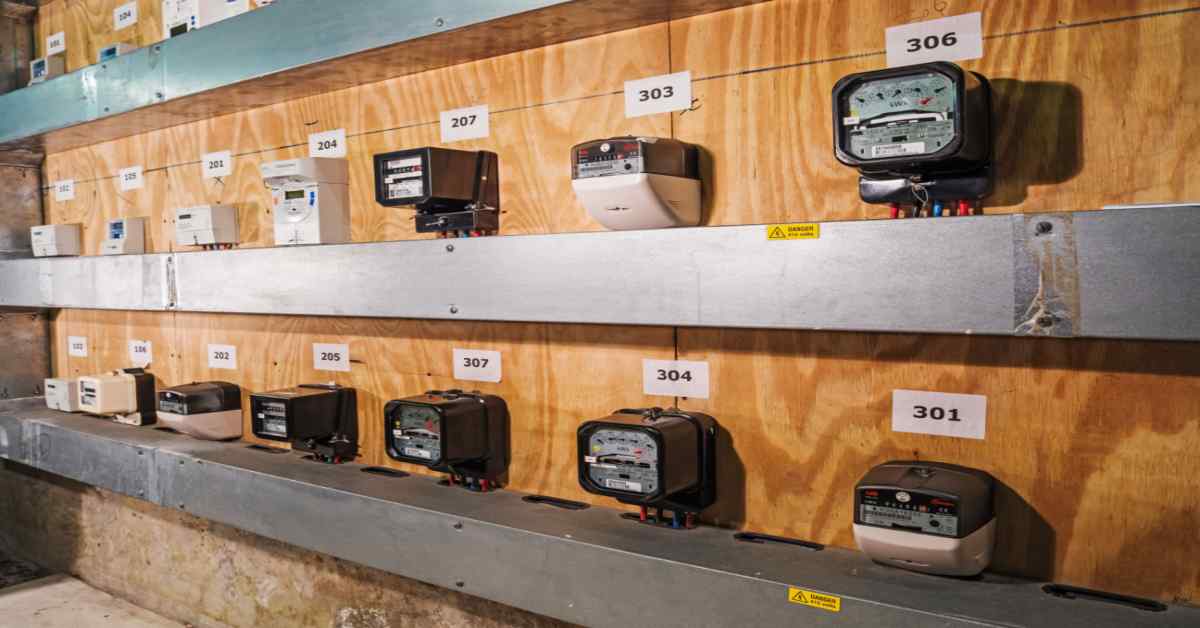

Submit the Form to Unlock the Best Deals Today
Check Your Eligibility Instantly

Experience The NoBrokerHood Difference!
Set up a demo for the entire community

Tenant Super Relax Plan
Enjoy Hassle-Free Renting
 Full RM + FRM support
Full RM + FRM support Instant alerts & premium filters
Instant alerts & premium filters Rent negotiation & relocation help
Rent negotiation & relocation helpTypes of Electric Meters: Find the Best Option for Your Home or Business
Table of Contents
This article explains the different types of electric meters for your home. This would include analog, digital and smart meters and their functionalities. You'll learn the negatives and positives of each type, making it easier to choose the right one for your energy needs. Whether you are replacing or simply interested, this article pretty much covers everything. By the end, you'll know which meter fits your lifestyle and helps you
Types of Meters in Electrical
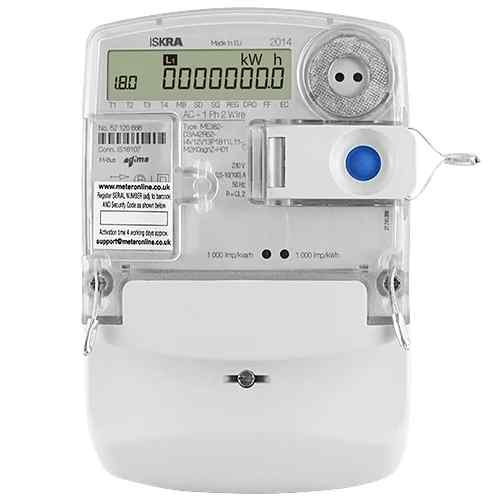
Electric meters are devices that measure and record the amount of electricity consumed by a residential or commercial property. There are different types of electricity meters, and each functions differently.
The most common types of meters in electricity include analog meters and digital meters. analog meters use mechanical components to measure energy consumption, while digital meters use electronic components.
Quality Service Guarantee Or Painting Free

Get a rental agreement with doorstep delivery

Find the BEST deals and get unbelievable DISCOUNTS directly from builders!

5-Star rated painters, premium paints and services at the BEST PRICES!
Different Types Of Electric Meters For Homes
Electricity meters come in different types, sizes, and designs, and are designed to meet the different needs of different consumers. Some common types of electric meters include:
1. Single-phase meters
Used for measuring energy consumption in small homes and apartments with low energy needs.
2. Three-phase meters
Digital 3-phase energy meters are used for measuring energy consumption in large commercial and industrial properties with high energy needs.
3. Prepayment meters
Used to monitor and control energy consumption by requiring payment in advance for energy usage.
4. Smart meters
Used to record and monitor energy usage in real-time and offer detailed information on energy usage patterns.
Recommended Reading
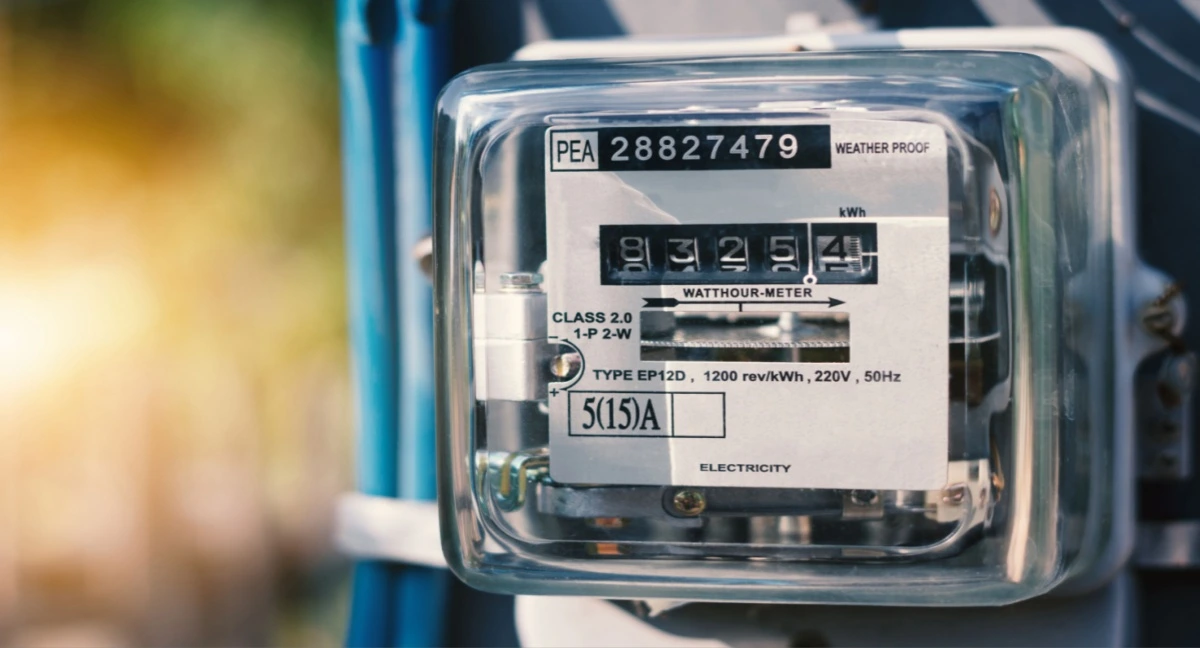
January 20, 2025
169232+ views
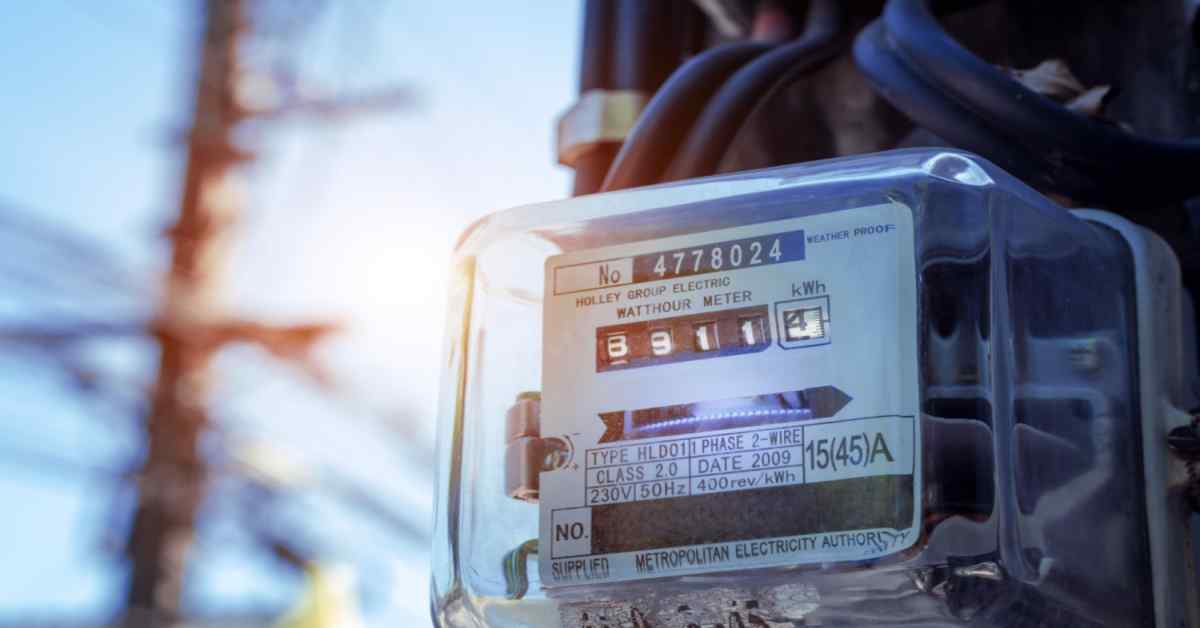
Gruha Jyothi Scheme: Meaning, Application, Eligibility and Documents Required in 2025
May 21, 2025
35665+ views
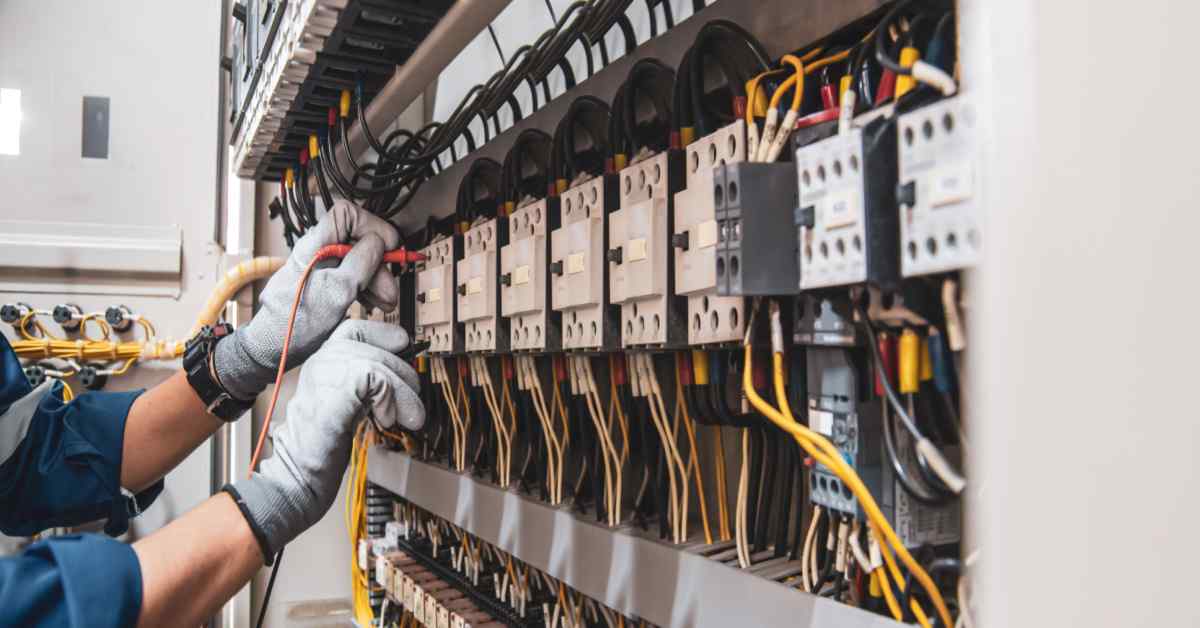
New BESCOM Connection: Step-by-Step Process 2025
January 31, 2025
25639+ views

Types of Electric Meters: Find the Best Option for Your Home or Business
January 31, 2025
24813+ views
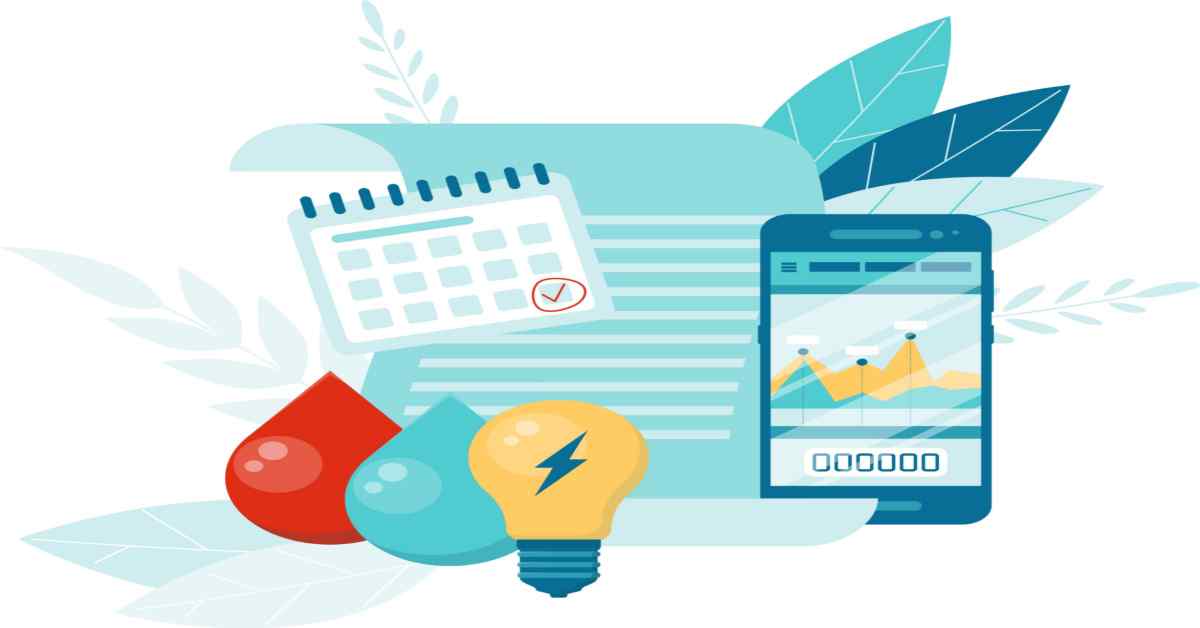
Jhatpat Portal: Quick Guide to Applying for UPPCL Connections
January 31, 2025
21442+ views
Understanding The Differences Between Electric Meters
Electricity meters come in different types, sizes, and designs, and are designed to meet the different needs of different consumers. Some common types of electric meters in India include:
- Accuracy: Different meters have varying levels of accuracy. Digital meters are typically more accurate than analog meters.
- Reading display: analog meters use dials to show energy consumption, while digital meters use a digital display screen.
- Remote reading: Some meters can be read remotely, while others require physical reading.
Analogue Meters and How They Work
Analog meters, also known as electromechanical meters, use mechanical components to measure energy consumption.
They work by using a rotating metal disc, which turns faster or slower depending on the amount of energy consumed. analog meters are often used in older buildings and homes that have not been updated with digital meters.
Advantages And Disadvantages Of Analogue Meters
| Advantages | Disadvantages |
| Accuracy: analog meters are less accurate than digital meters.Reading: analogue meters require manual reading, which can be time-consuming. | Accuracy: analog meters are less accurate than digital meters.Reading: analog meters require manual reading, which can be time-consuming. |
Different Types Of Analogue Meters For Homes
Analog meters come in different types, including–
- Electromechanical meters: The most common type of analog meter, electromechanical meters use a spinning disc to measure energy consumption.
- Electronic meters: These meters use digital circuits to measure energy consumption but still display readings using analog dials.
How To Read And Interpret Analogue Meters
Analog meters display energy consumption readings using a series of dials. To read and interpret an analog meter, follow these steps:
- Start with the dial on the far left and record the number the dial is pointing at.
- Move to the next dial to the right and record the number.
- Repeat this process for each dial until you have recorded all the numbers.
Note that some dials rotate in opposite directions, so you may need to subtract some numbers from others to get an accurate reading.
Digital Meters How They Work
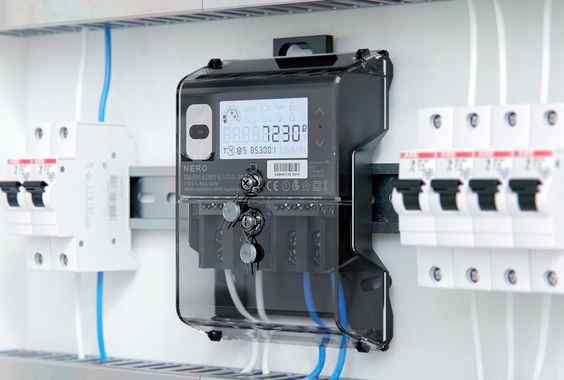
Digital meters are electrical meters that measure the amount of energy consumed and display it in a digital format. They work by recording the amount of electricity passing through them and then converting that information into a digital signal. Digital meters can be read remotely by utilities and provide more accurate data on energy usage.
Advantages And Disadvantages Of Digital Meters
| Advantages | Disadvantages |
| Can be more expensive than analogue meters and may require specialized software for data analysis consumers are concerned about the privacy implications of remotely reading meter | Can be more expensive than analogue meters and may require specialized software for data analysis consumers are concerned about the privacy implications of remotely reading meter |
Different Types Of Digital Meters For Homes
There are several different types of digital meters for homes, including:
- Single-rate meters, which measure energy usage at a flat rate
- Time-of-use meters, which measure energy usage at different rates depending on the time of day
- Prepaid meters, which require the consumer to purchase energy credits in advance
How To Read And Interpret Digital Meters
Digital meters are easy to read and interpret. The display will typically show the current energy usage in kilowatt-hours (kWh) and may also show the date and time of the reading. To interpret the data, consumers can track their energy usage over time and compare it to previous readings to identify trends and make adjustments to their energy consumption.
Smart Meters
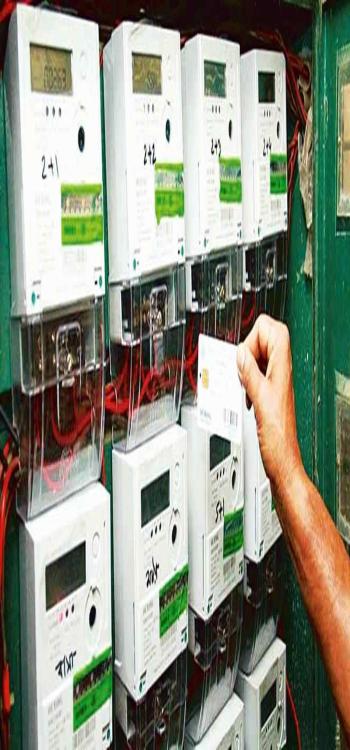
Smart meters are the latest innovation in electrical metering devices, and they offer several advantages over traditional meters. Here's what you need to know:
Definition Of Smart Meters And How They Work
Smart meters are digital meters that are capable of two-way communication with utilities. They record energy usage and transmit that data to utilities for billing and analysis. Smart meters can also provide real-time data on energy usage to consumers and utilities, which can help to identify energy-saving opportunities.
Advantages And Disadvantages Of Smart Meters
| Advantages | Disadvantages |
| Can help consumers to better understand their energy usage and make informed decisions about energy consumption helps utilities to better manage energy supply and demand and reduce the need for a manual meter reading to detect and report power outages | Can be more expensive than traditional metersSome consumers have privacy concerns about the collection and use of energy usage data |
Different Types Of Smart Meters For Homes
There are two main types of smart meters for homes:
AMI (Advanced Metering Infrastructure) smart meters, use wireless communication to transmit data.
Automated Meter Reading (AMR) smart meters, use a wired connection to transmit data.
How to Read and Interpret Digital Meters
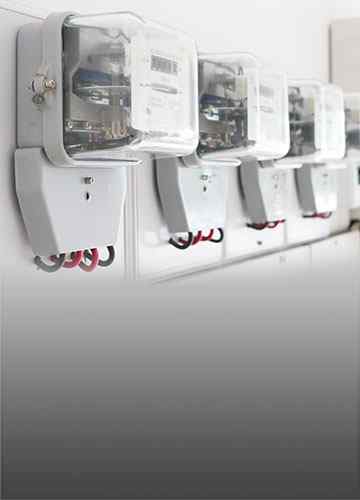
Digital meters are designed to be easy to read and interpret. Here are some general steps to follow when reading a digital meter:
- Locate the display: The digital meter will have a display that shows your energy usage. The display may cycle through different readings, such as total usage and current usage.
- Record the reading: Once you have located the display, take note of the reading. Some digital meters have a button that you can press to freeze the display, allowing you to record the reading.
- Understand the units: Digital meters may display usage in kilowatt-hours (kWh) or megawatt-hours (MWh). Make sure you know which unit is being used, as this will affect how you calculate your energy usage and bills.
- Compare to previous readings: To get an idea of your energy usage trends, compare the current reading to your previous readings. This can help you identify areas where you may be using more energy than necessary.
Smart Meters How They Work
Smart meters are a new type of meter in electrical that offers a range of benefits over traditional analog and digital meters. They can communicate directly with your energy supplier, providing real-time data on your energy usage. This can help you manage your energy usage more effectively and reduce your bills.
Advantages and Disadvantages of Smart Meters
| Advantages | Disadvantages |
| Real-time data on energy usage: Smart meters provide real-time data on your energy usage, allowing you to see how much energy you are using and how much it is costing you.Accurate billing: Because smart meters communicate directly with your energy supplier, your bills are always accurate and based on your actual energy usage.Better energy management: Smart meters can help you manage your energy usage more effectively, allowing you to identify areas where you may be using more energy than necessary.Remote readings: Smart meters allow your energy supplier to take readings remotely, meaning you don't have to worry about arranging for someone to come and read your meter. | Cost: Installing a smart meter can be expensive, and the cost may be passed on to the consumer through higher energy bills.Privacy concerns: Some people are concerned about the privacy implications of smart meters, as they can transmit detailed information about your energy usage. |
Different Types of Smart Meters for Homes
There are two main types of smart meters for homes: SMETS1 and SMETS2.
SMETS1: These are the first generation of smart meters and are not always compatible with all energy suppliers. If you switch energy suppliers, you may need to have your SMETS1 meter replaced.
SMETS2: These are the second generation of smart meters and are designed to be compatible with all energy suppliers. They offer more advanced features, such as the ability to switch tariffs remotely.
How to Read and Interpret Smart Meters?
Smart meters are designed to make it easy for homeowners to keep track of their energy usage. Here are some tips on how to read and interpret the data provided by a smart meter:
- Check your meter display: Smart meters typically have an easy-to-read display that shows your energy usage in real time. You can use this display to see how much energy you're using at any given moment and how much it's costing you.
- Understand the units of measurement: Smart meters display energy usage in kilowatt-hours (kWh). This is the standard unit of measurement for energy usage and is used by all energy suppliers.
- Track your usage over time: Smart meters allow you to track your energy usage over time, which can help you identify patterns and make adjustments to reduce your energy consumption.
- Monitor your costs: Smart meters can also show you how much your energy usage is costing you in real time. This can help you make more informed decisions about when and how to use energy in your home.
- Use your in-home display: Many smart meters come with an in-home display that shows your energy usage in real time. This can be a useful tool for keeping track of your energy usage and identifying areas where you can make changes to reduce your energy consumption.
By following these tips, you can make the most of your smart meter and use it to save money on your energy bills while reducing your carbon footprint.
Energy Metering Devices

Energy metering devices are used to measure and record the amount of energy used by a home or building. They come in a variety of different types, but all work on the same basic principle: measuring the flow of electricity through a circuit.
Regardless of the type of metering device used, they all work on the same basic principle. They measure the flow of electricity through a circuit and use this information to calculate the amount of energy used over a given period.
Advantages and Disadvantages of Energy Metering Devices
Like all types of technology, energy metering devices have their advantages and disadvantages. Here are some of the pros and cons of using these devices:
| Advantages | Disadvantages |
| Accurate measurement: Energy metering devices provide accurate measurement of energy usage, making it easier for homeowners to track their usage and make adjustments to reduce their energy consumption. Real-time monitoring: Many energy metering devices provide real-time monitoring of energy usage, allowing homeowners to see how much energy they're using at any given moment. Increased awareness: By providing detailed information about energy consumption, energy metering devices can help increase awareness of energy usage and encourage homeowners to make changes to reduce their consumption. | Cost: Energy metering devices can be expensive to install, especially for larger homes or buildings. Maintenance: Like all types of technology, energy metering devices require regular maintenance and may need to be replaced periodically. Accuracy: While energy metering devices are generally accurate, there can be discrepancies in measurement due to factors such as equipment malfunctions or power surges. |
Different Types of Energy Metering Devices for Homes
Energy metering devices are used to measure the amount of electricity consumed in a household. There are different types of energy metering devices available for homes, each with its features and advantages. Here are some of the most common types of energy metering devices:
Standard electromechanical meters - these are the traditional meters with a spinning disk that records the amount of electricity consumed. They are reliable and accurate but require manual reading and are not very energy-efficient.
Electronic meters - these are digital meters that display the electricity consumption in real-time. They are more accurate than electromechanical meters and can communicate with other smart devices in the home.
Prepayment meters - these are electronic meters that allow users to pay for their electricity in advance. They can help users manage their energy consumption and avoid unexpected bills.
Smart meters - these are advanced digital meters that can communicate with the utility company to provide real-time data on energy consumption. They can also help users manage their energy usage and reduce their bills.
How to Check Electricity Meter Reading?
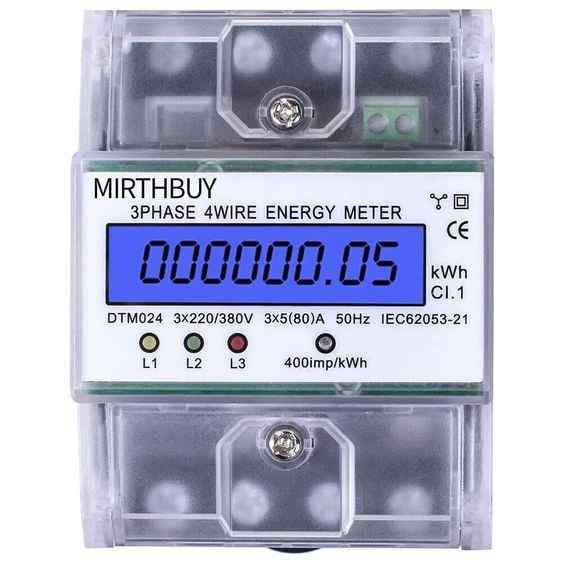
Checking your electricity meter reading is important for managing energy consumption and avoiding unexpected bills. Here are some ways to check your electricity meter reading:
Different Ways To Check Electricity Meter Reading?
Read the meter directly - this involves checking the numbers on the meter and recording them manually.
Use a smartphone app - many utility companies offer apps that allow users to read their meter remotely using their smartphone.
Use an online account - some utility companies offer online accounts where users can check their meter readings and manage their bills.
How To Calculate Electricity Usage From Meter Readings
Calculating your electricity usage from meter readings can help you manage your energy consumption and avoid overpaying on bills. Here's how to do it:
- Record the previous and current meter readings.
- Subtract the previous reading from the current reading to get your energy usage in kWh.
- Multiply the energy usage by the rate at which you are charged for electricity to get the cost of your electricity consumption.
Common Mistakes To Avoid When Reading Electricity Meters
Reading electricity meters can be confusing, and it's easy to make mistakes that can lead to inaccurate readings and bills. Here are some common mistakes to avoid:
Misreading the numbers - make sure you read the numbers on the meter correctly, especially if there are zeros or nines.
Forgetting to convert units - electricity is measured in kilowatt-hours (kWh), so make sure you convert the reading to kWh if necessary.
Not checking for decimals - some meters display readings with decimals, so make sure you record the decimal accurately.
Understanding Your Electricity Bill Based on Your Meter Reading
Understanding your electricity bill can be challenging, but it is crucial to avoid any discrepancies and overcharging. Electricity bills are calculated based on the electricity meter readings. Here are some important things to understand about your electricity bill:
- Tariffs: Different tariff plans are available, such as time-of-use, peak and off-peak, and fixed rate. Be sure to choose the tariff plan that best suits your energy consumption pattern.
- Billing Cycle: The billing cycle is usually monthly, but it can vary depending on your electricity supplier. Make sure to check your billing cycle to avoid confusion.
- Units of Measurement: Electricity is measured in kilowatt-hours (kWh). Your electricity bill will show the total energy consumption in kWh for the billing period.
- Meter Reading: Your electricity bill will show your previous and current meter readings. The difference between these two readings is your energy consumption for the billing period.
- Estimated Bills: Sometimes, electricity suppliers may send estimated bills instead of actual meter readings. Make sure to provide accurate meter readings to avoid overcharging.
- Taxes and Other Charges: Your electricity bill may also include taxes and other charges, such as distribution and transmission charges.
Understanding your electricity bill can help you manage your energy consumption and avoid overcharging.
Choosing the Right Electric Meter for Your Home
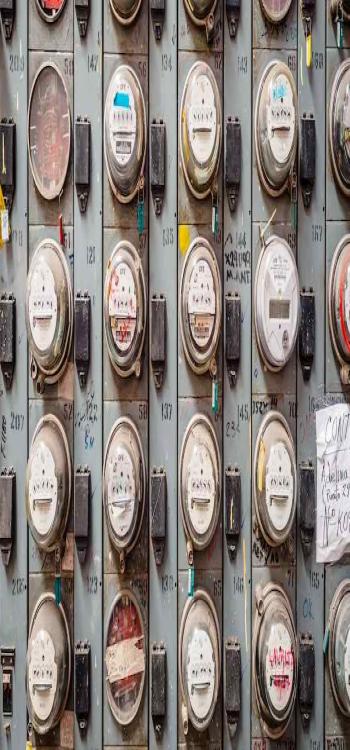
Choosing the right electric meter for your home is important to ensure accurate energy consumption measurements and avoid overcharging. Here are some factors to consider when selecting an electric meter for your home:
- Type of Meter: Consider the different types of electric meters available, such as analog, digital, and smart meters. Each type has its advantages and disadvantages, so choose the one that best suits your needs.
- Tariff Plans: Consider the different tariff plans available and choose the one that best suits your energy consumption pattern.
- Accuracy: Look for meters that are accurate and certified by the relevant authorities.
- Compatibility: Make sure the meter is compatible with your electrical system.
- Cost: Consider the cost of the meter and any additional installation fees.
Choosing the right electric meter can help you manage your energy consumption and save on electricity bills.
Which Type of Electric Meter is Best Suited for Your Home?

The type of electric meter that is best suited for your home depends on your energy consumption pattern and budget. Here are some factors to consider when choosing between different types of electric meters:
- Analogue Meters: Analog meters are the most basic type of electric meter and are suitable for households with low energy consumption. They are affordable and easy to read, but they lack the features of more advanced meters.
- Digital Meters: Digital meters are more advanced than analog meters and provide more accurate readings. They are suitable for households with moderate energy consumption and are easy to read.
- Smart Meters: Smart meters are the most advanced type of electric meter and provide real-time energy consumption data. They are suitable for households with high energy consumption and help manage energy consumption.
Consider your energy consumption pattern and budget when choosing the type of electric meter that is best suited for your home.
Tips for Selecting the Right Electric Meter for Your Home
Here are some tips for selecting the right electric meter for your home:
- Do your research: Research different types of electric meters and the features they offer.
- Consider your energy consumption pattern: Consider your energy consumption pattern and choose a meter that best suits your needs.
- Look for accuracy: Look for meters that are accurate and certified by the relevant authorities.
- Choose a reputable supplier: Choose a reputable supplier to ensure quality products and installation services.
- Compare prices: Compare prices of different meters and installation services to find the best value for your money.
How Can NoBroker Help?
NoBroker is a leading online real estate platform that offers a variety of services to help individuals find their ideal home. In addition to helping people buy, sell, and rent properties, NoBroker has also introduced its innovative NoBroker Pay function to help users pay their utility bills, including electricity bills, in a quick, secure, and hassle-free manner.
With NoBroker Pay, users can easily pay their electricity bills through the NoBroker app or website. The platform accepts all major payment methods, including debit cards, credit cards, UPI, and wallets, and ensures that payments are processed securely and instantly. NoBroker Pay also allows users to set up auto-payments for their electricity bills, eliminating the need to manually pay the bill every month.
Apart from its user-friendly interface and seamless payment processing, NoBroker Pay also offers various benefits, including cashback rewards and discounts on select electricity bills. By using NoBroker Pay for their electricity bills, users can save time, avoid late payment fees, and even earn rewards for paying their bills on time.
You can also use NoBroker to book electrician services right from the comfort of your home. With our electrician services, you can make sure all your electrical work in the home runs smoothly and efficiently thereby helping you cut back on electricity bills.
Understanding the different types of electric meters is important for homeowners to monitor and manage their energy consumption. Analog meters are being replaced by digital and smart meters, which offer greater accuracy and convenience. Energy metering devices provide detailed information about energy usage and can help identify areas for energy savings.
For homeowners, common mistakes in reading electricity meters can lead to inaccurate bills and overpaying. Choosing the right electric meter for your home depends on factors such as the size of the household, energy consumption patterns, and budget.
NoBroker offers a convenient solution for paying utility bills, including electricity bills, through its NoBroker Pay function. This can save time and effort for homeowners and ensure timely payments to avoid late fees.
By utilising NoBroker's technology and services, homeowners can make informed decisions about their energy usage and choose the best electric meter for their homes. NoBroker also offers a range of energy-efficient homes and services to help reduce energy consumption and costs.
Visit NoBroker's website to learn more about its services and start managing your energy consumption today.
Find Trusted Electricians Near You – City-wise
Frequently Asked Questions
A1. To read your electric meter, simply note down the numbers displayed on the meter, usually in kilowatt-hours (kWh), and subtract the previous reading from the current one to determine your energy usage.
A2. NoBroker Pay is a convenient and secure way to pay your utility bills, including your electricity bills. With NoBroker Pay, you can make payments from your smartphone, track your payments, and avoid the hassle of traditional bill payments.
A3. Electric meters measure the flow of electrical energy by monitoring the current and voltage passing through the meter. The amount of energy consumed is calculated by multiplying the current and voltage readings.
A4. The four types of electric meters include standard electromechanical meters, electronic meters, smart meters, and digital meters.
A5. Digital 3-phase energy meters offer several benefits, including more accurate measurements, better data tracking and analysis, and easier integration with other energy management systems.
Loved what you read? Share it with others!
Most Viewed Articles

January 20, 2025
169232+ views

New LPG Gas Connection Online: Know How to Register and Apply for New or Rented Home
June 1, 2025
37152+ views

Gruha Jyothi Scheme: Meaning, Application, Eligibility and Documents Required in 2025
May 21, 2025
35665+ views

New BESCOM Connection: Step-by-Step Process 2025
January 31, 2025
25639+ views

Types of Electric Meters: Find the Best Option for Your Home or Business
January 31, 2025
24813+ views
Recent blogs in
New LPG Gas Connection Online: Know How to Register and Apply for New or Rented Home
June 1, 2025 by Ananth
MCGM Water Bill Online Payment Process: Charges, Download Receipt, and Check Status in 2025
May 27, 2025 by Prakhar Sushant
May 24, 2025 by Krishnanunni H M





Join the conversation!